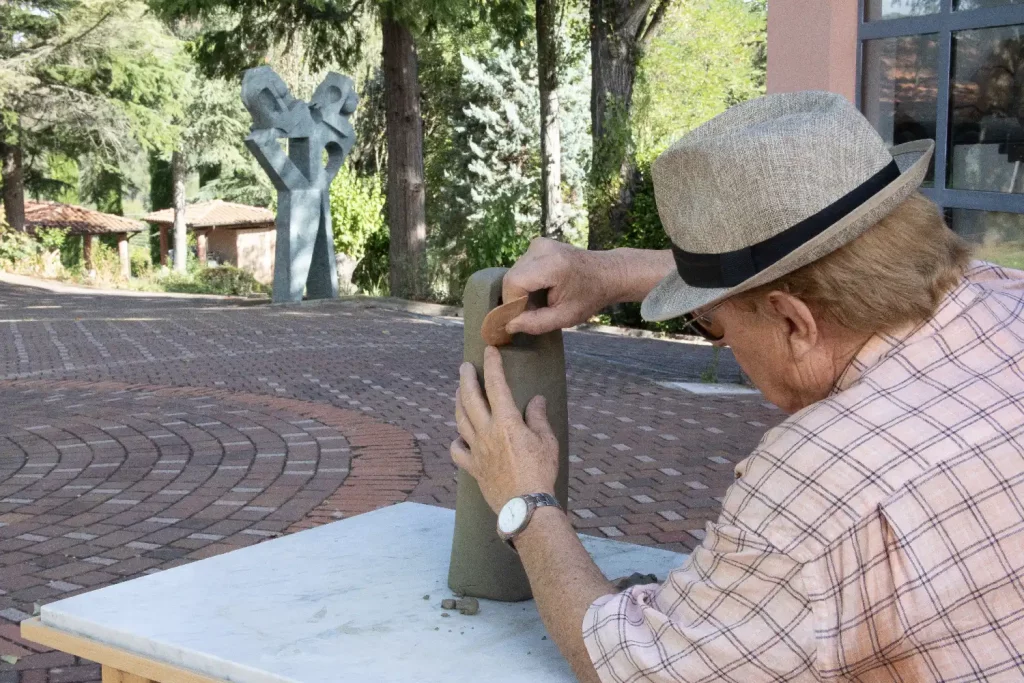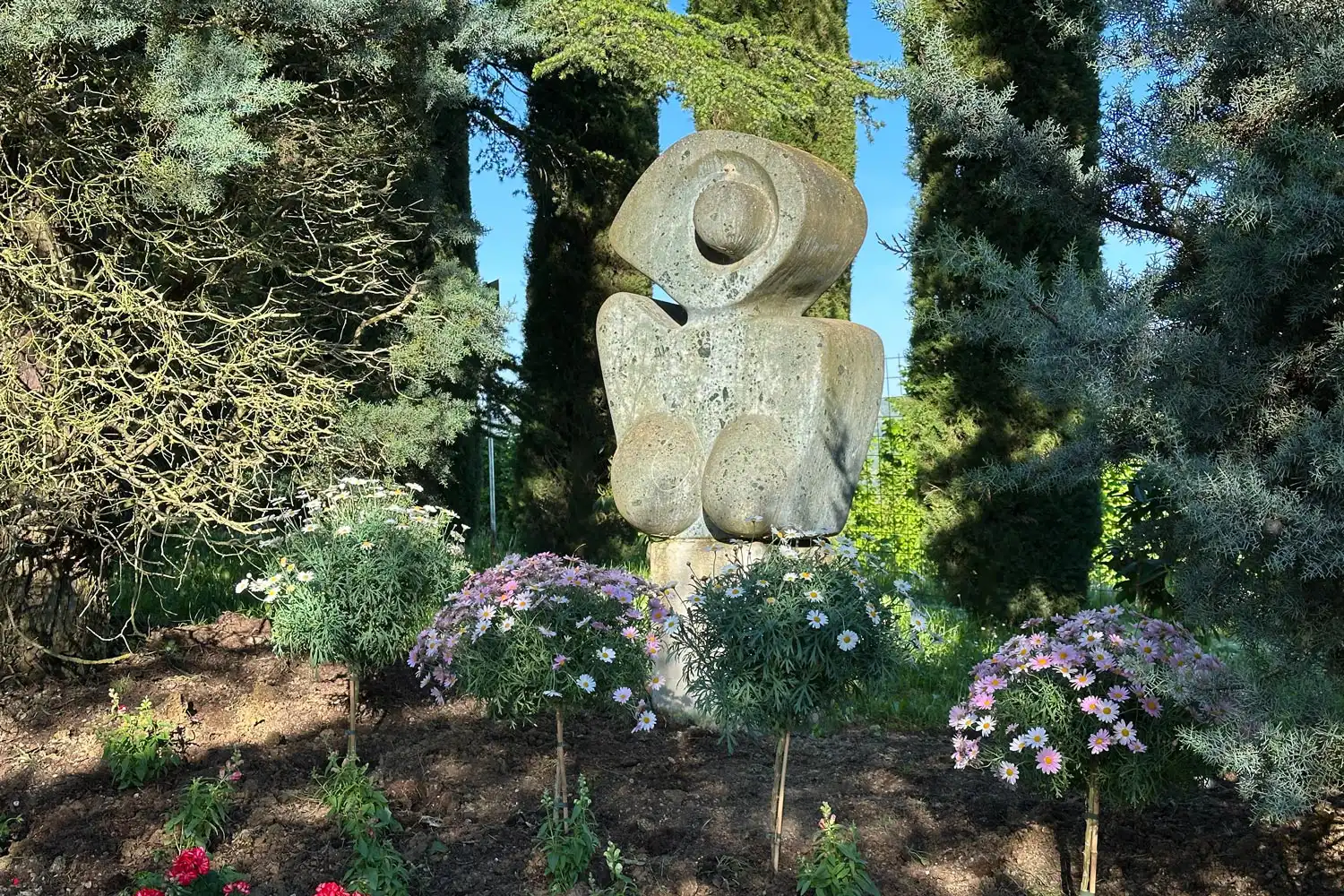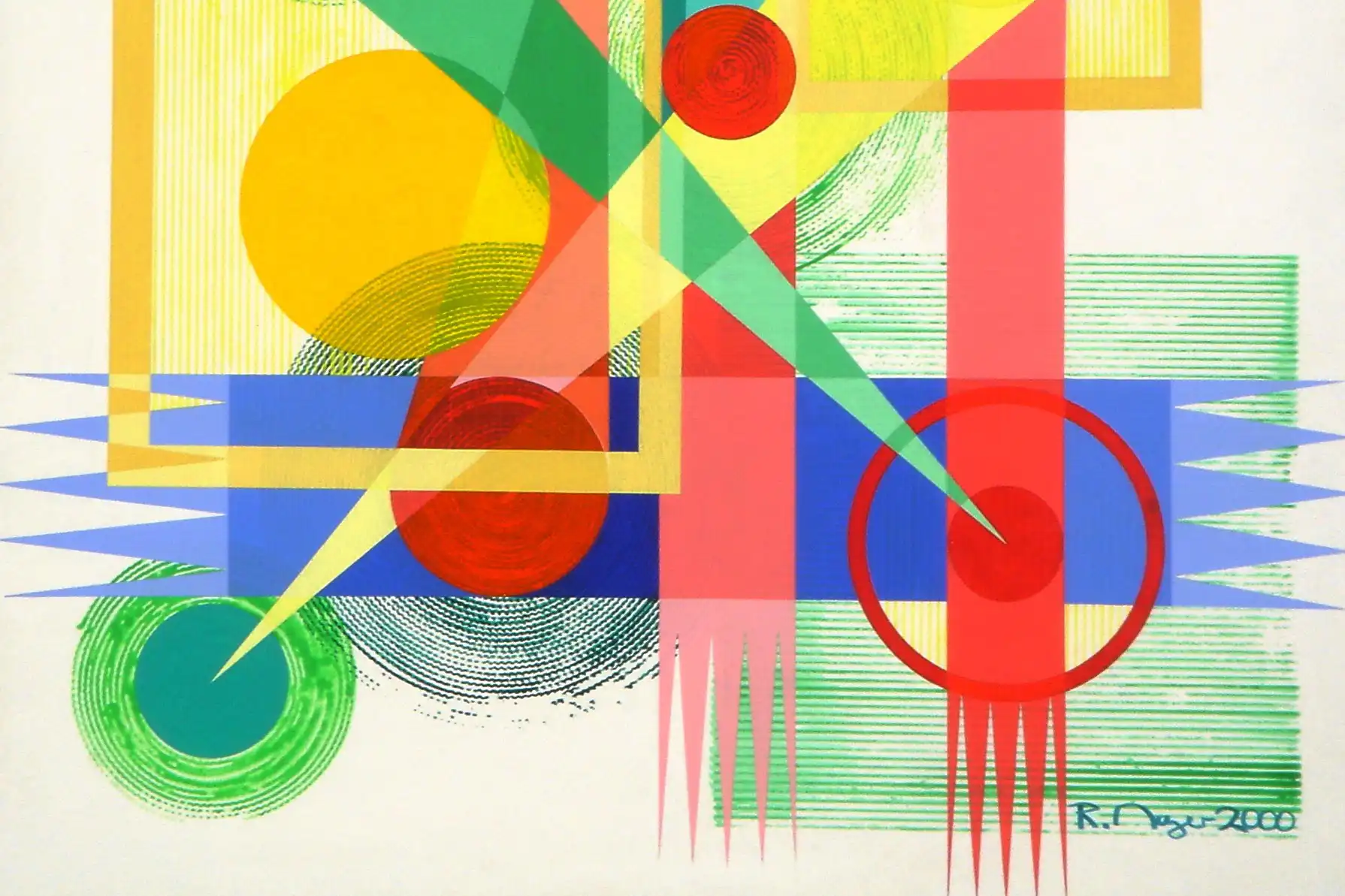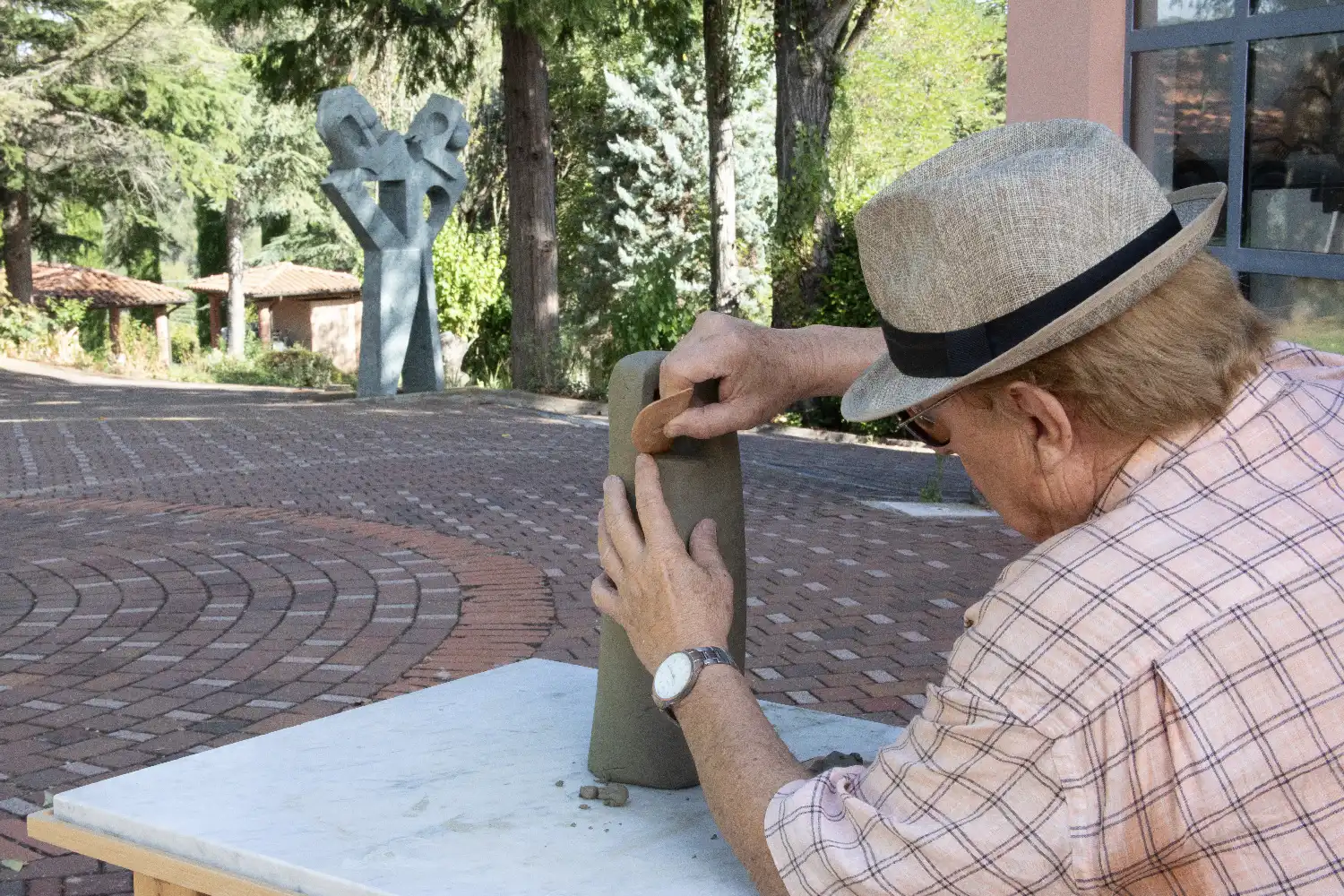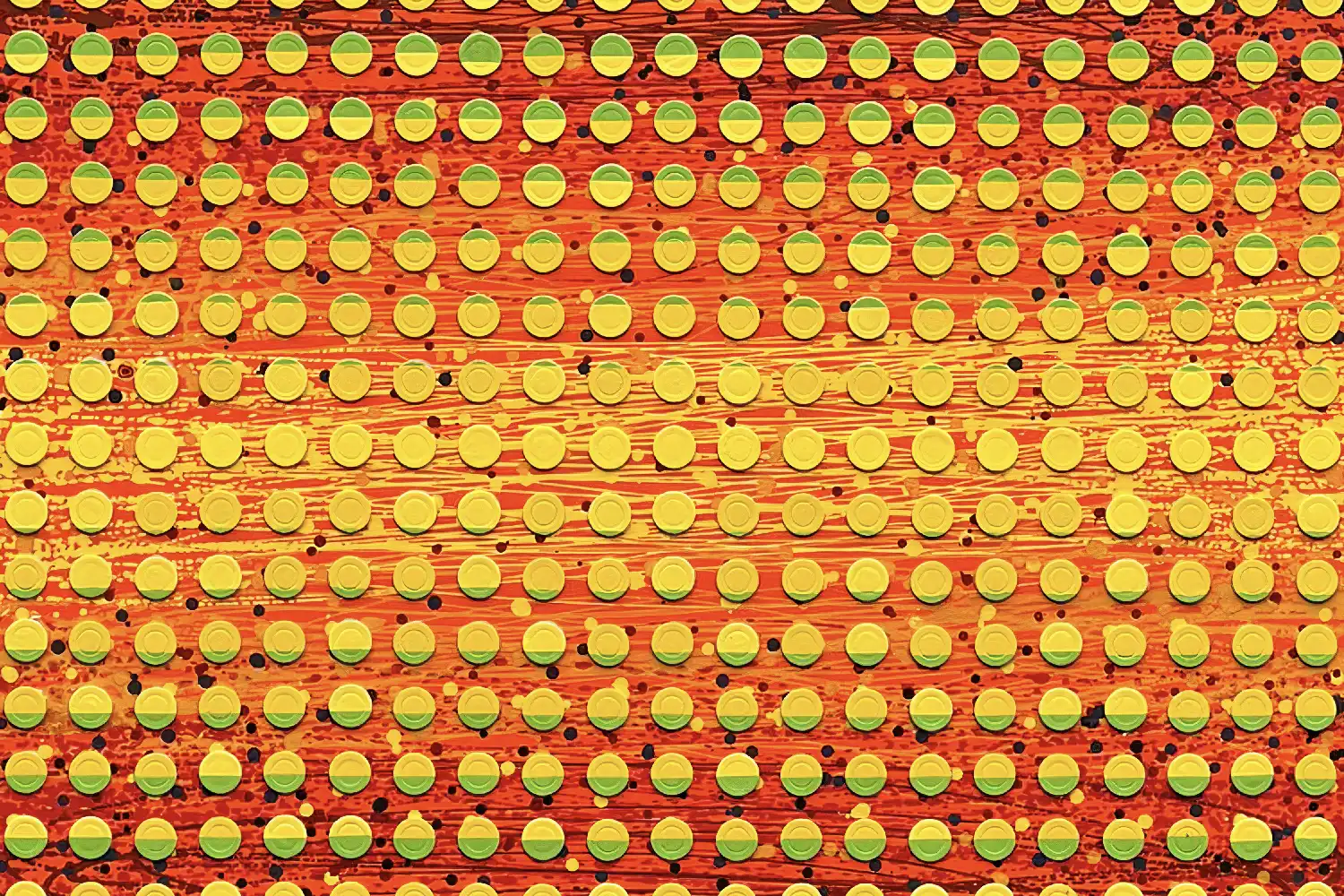The Medium of Sculpture – a growing plurality
What is contemporary sculpture? This question, seemingly simple, calls less for a definition, but rather for a shifting worldview. Sculpture is no longer a discipline bounded by a noble material or a recognizable tool. Today it is traversed by a multitude of practices, approaches, and gestures that disrupt its traditional foundations. Artists manipulate bronze or chewing gum, marble or rusted metal, clay, resin, ash, textile, sugar, or even air itself. No longer is it the stability of the material that grounds the work, but what the artist makes of it: the way it is brought into play in a space of waiting, interruption, contact, or instability.
Active matter – resistant matter
Contemporary sculptures and materials are no longer only defined by durability or nobility. Richard Serra revealed their physical power with Tilted Arc, which forced the body to change trajectory. Gianni Motti removes matter and replaces it with gesture or rumor. Susana Solano encloses space within sealed volumes, while Erwin Wurm turns the viewer into a temporary artwork in his One Minute Sculptures. Giuseppe Penone reveals the latent forms of tree or stone, while Anish Kapoor opens visual abysses. Cornelia Parker, with Cold Dark Matter, suspends the fragments of an explosion. Here, matter is unstable, missing, or explosive, but always addressed. In contemporary sculpture, what counts is no longer solely what one sees, but what one experiences.
The entry of a figure
In this context, René Mayer opts for gesture and tangible volume. His process begins with direct modeling in clay, where matter is first grasped as a tactile experience. These statuettes are sometimes later transposed into stone by specialized workshops, giving rise to the “Marmor & Granit” series. Conversely, in “Viva Viva”, each piece is shaped and painted by the artist. René Mayer thus accepts two regimes: a collective process, where matter becomes monumental, and an individual, immediate process where matter remains raw, yet colorful. This tension illustrates Mayer’s singularity in contemporary sculpture and his focus on the alliance between intimate gesture and monumentality.
Two families – one same breath
The “Viva Viva” and “Marmor & Granit” series seem opposed: the former colorful, expressive, spontaneous; the latter polished, stable, silent. Yet they belong to the same inquiry. Both seek to give form to a presence. Paolo Bonfiglio spoke of “cephalopod sculptures, without a mouth but with immense eyes.” This definition underscores what unites the two groups: not a style, but an attitude, an emotion, a persona coming to life through sculpture. Mayer does not aim to represent, but to make forms exist that impose their presence by themselves.
Archetypes and fragments
René Mayer’s sculptures evoke archetypes. A faceless head, a carved block, two forms facing each other: fragmentary figures that recall human presences without depicting them. In The Egoist or Holy Moly, the form closes while still allowing a gaze to pass through. In The Other Side, two masses seem to be in dialogue without meeting. These works evoke imaginary conversations and interpersonal relations. They align with certain twentieth-century artists — Richier, Fautrier, Abakanowicz — yet without pathos. In contemporary sculpture as Mayer practices it, incompletion is not a weakness but a strength.
The site as extension of form
Installed in the Piedmont landscape, his sculptures seemingly inscribe themselves within it. Marble becomes moss, granite captures the light. Their presence is discreet, adjusted, without forced monumentality, yet still impressive. The “Viva Viva” series also draws on memories of the Basel carnival: colorful masks, grotesque apparitions. But this is not direct representation: only the energy of it transposed into playful forms. This insertion into the environment illustrates a particular approach to contemporary sculpture and matter: not to colonize space, but to inhabit it.
Conclusion – a form of insistence
In a world dominated by speed and ephemeral images, René Mayer proposes stability of material and emotional depth. His “Viva Viva” as well as his “Marmor & Granit” works show that contemporary sculptures are not only concepts to illustrate, but fields of experience. Mayer does not seek to explain — he does. He models, he adjusts, he directs. What he leaves behind are forms that hold, that resist, that endure. His work bear witness to landscapes, physical and emotional. Thus, his contemporary sculptures become a place of consistency, density, and inhabited silence.

